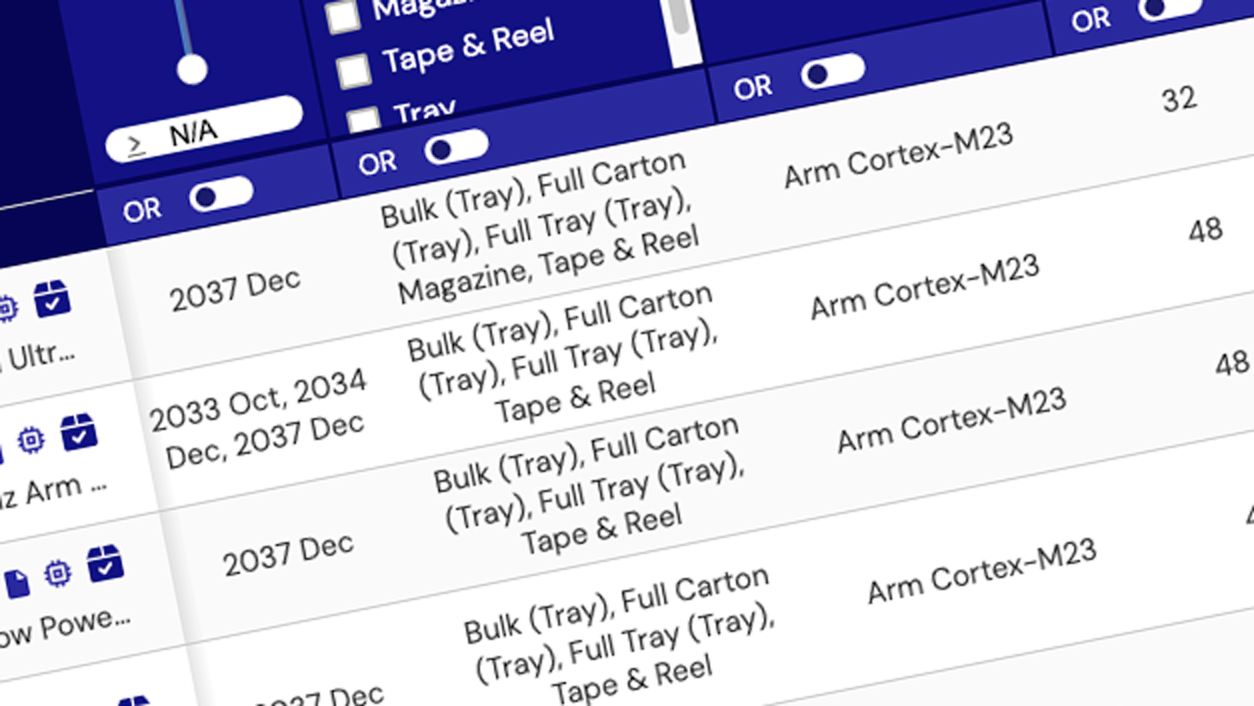ルネサスの製品開発手法は、軍事および航空宇宙産業の主要サプライヤーとして、困難な環境で最も高い基準の信頼性と性能を満たす製品設計経験を反映しています。
製造と試験に関する情報
ルネサスの製品開発手法は、軍事および航空宇宙産業の主要サプライヤーとして、困難な環境で最も高い基準の信頼性と性能を満たす製品設計経験を反映しています。
低線量率イオン化照射が半導体に与える影響は、宇宙機器にとって重要な課題となっています。 ルネサスは、現在の高線量率耐性試験に対する補完としてウエハごとの低線量率耐性試験を行なうことにより、この市場に対応しています。
ルネサスは、数社しかないRHA国防補給庁(陸および海) QMLサプライヤの1社です。 ルネサスの耐放射線SMD製品はすべてMIL-PRF-38535/QMLに準拠し、バーンイン試験に100%合格しています。




